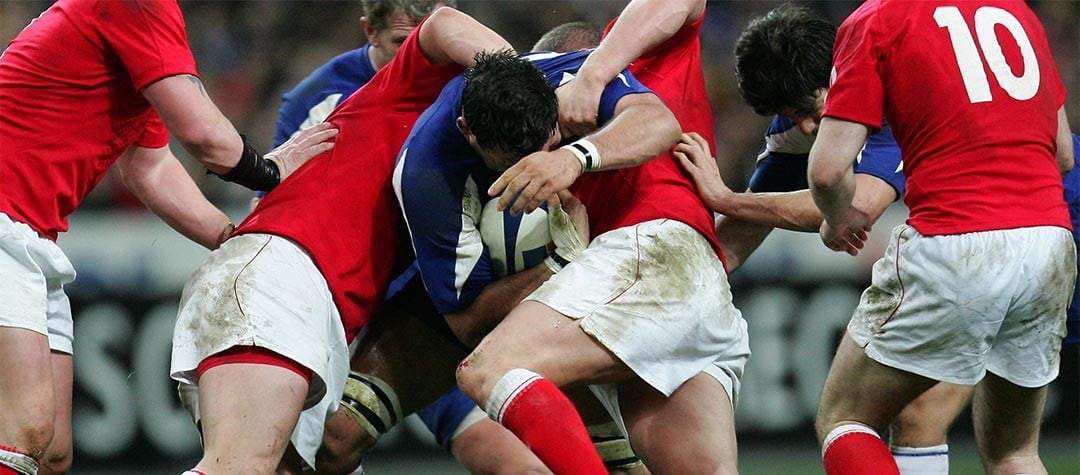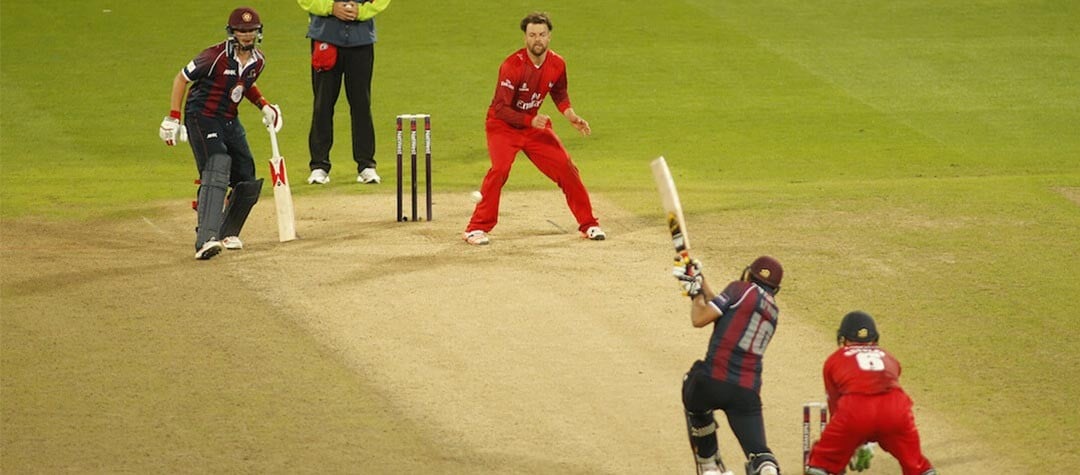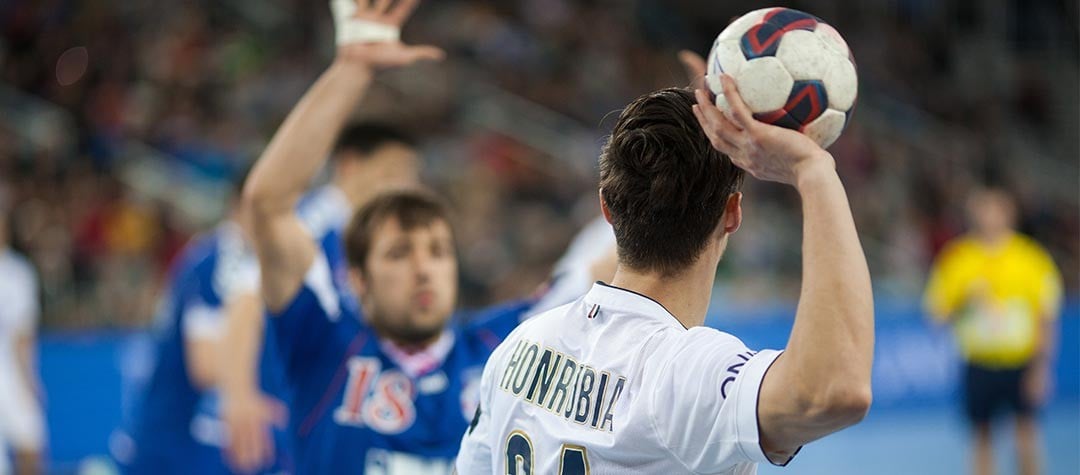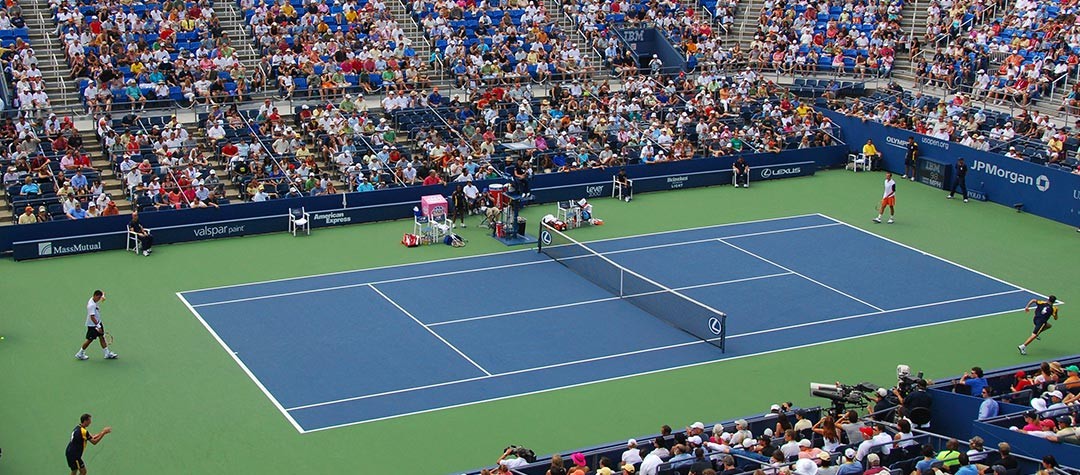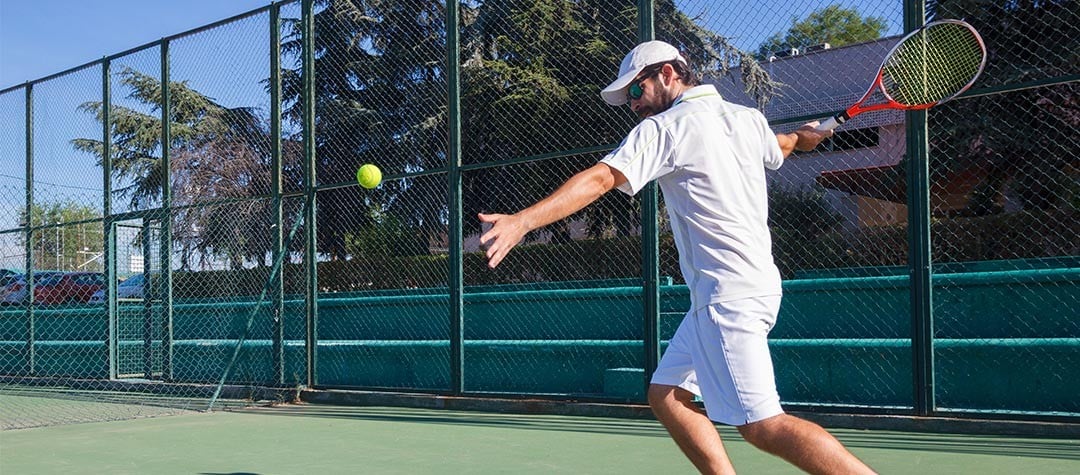Think you know the ins and outs of Rugby? Read our guide to test your knowledge.
Rugby union can be quite a complex game, with different rules being applied according to the various stages of play – which can often confuse even the best rugby players. Much is down to the referee’s interpretation of play – and with 30 players vying and scrambling for the ball, it is easy to see why the referee’s job is so hard in the game of rugby.
The aim of the game of rugby
The aim during a game of rugby union is to score more points than the opposition by running, kicking and passing the oval-shaped ball over the designated tryline or by kicking it over the ‘H-shaped’ posts.
Scoring in rugby union
Scoring in rugby union is as follows:
- Five points are awarded for a try when a player has grounded the ball (i.e. touched down) over the tryline in the opposition’s goal area.
- Two points are awarded for a conversion when a player has kicked the ball between the posts after a try has been scored.
- Three points are awarded if a player successfully kicks the ball through the posts from a penalty kick or drop goal.
The game of rugby
- Matches are played between two teams of 15 players each. A team consists of eight ‘forwards’, whose shirts are numbered one to eight, and seven ‘backs’, whose shirts are numbered nine to 15. Depending on the competition, a team may bring on up to seven replacement players.
- A game lasts 80 minutes and consists of two periods of 40 minutes each. In international matches there is a maximum ten-minute interval, after which both teams change ends.
- Referees may add time onto play to take into account stoppages in play, and in knockout competitions extra time is played to decide a winner if the scores are tied.
- The game is started by a place kick or a drop kick from the halfway line. If a penalty kick or drop goal is scored during the game, play will be restarted with a dropkick from the halfway line by the team that has just conceded the points.
- During the game, players must not throw the ball forward – although they can kick it forward – and instead must pass it in a sideways or backwards direction. If the ball is passed or unintentionally knocked forward (other than when it is kicked), then a scrum is awarded to the opposing team. Alternatively, a penalty is awarded to the opposing team if a knock-on is considered to be intentional.
- As rugby union is a contact sport, players can tackle each other in order to get the ball as long as the contact is below shoulder height. On being tackled to the ground, the player who was holding the ball must release it. This releasing of the ball is one of the main features which sets rugby union apart from rugby league, because in the league version the players hold onto the ball when tackled.
There are many other rules of the game relating to stages of play such as the scrum, the maul, the ruck, and the line-out – all of which are too complex to explain here in great detail.
Common Rugby terms
- Scrum – Everyone who has watched rugby union will be familiar with the sight of two packs of players straining every muscle and sinew for territory during the scrum. The scrum is a means of restarting play following infringements, and is made up of eight players per side (the forwards), who ‘scrum down’ to form the scrum before the ball is placed in. It is the job of the ‘hooker’ at the front to control the ball within the scrum.
- Ruck – A ruck is formed when a player is tackled, goes to ground and releases the ball. Both sides – with their players still on their feet – will attempt to retrieve the ball while it is free on the ground by driving over the ball to make it available for their team-mates, who should be following up behind. Players can also attempt to free the ball from a mass of bodies by scraping at the ball with their feet in a move known as ‘rucking’.
- Maul – A maul occurs when three or more players, including the ball carrier and at least one other player from either side, are in contact together. A maul is different to a ruck because the ball is still in hand and not on the ground. It is up to the referee to decide at which point a maul becomes a ruck – but it should be when the maul has collapsed to the ground unintentionally.
- Lineout – The lineout is a means of restarting play after the ball has gone into touch. A line-out consists of three to eight players from each side, and sees the ball thrown in a straight line from the side of the pitch between the two teams, with each trying to out-jump the other get their hands on it. During lineouts, players will often use codes known only to their team-mates so they know who the ball is going to be aimed at during the line-out.

